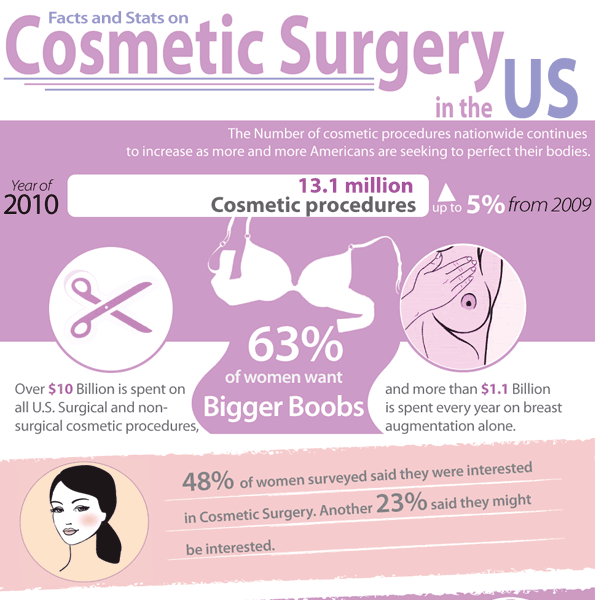Spironolactone For Acne Does It Help
Spironolactone For Acne Does It Help
Blog Article
Light Therapy For Adolescent Acne
Eight in 10 teenagers obtain acne and the condition can have long-term ramifications. But prescription therapies like benzoyl peroxide, antibiotics and the birth control pill can have unwanted negative effects.
Light treatment is a secure, reliable option. And currently LED light gadgets are offered for home use. They use blue and red light to eliminate microorganisms, calm the skin and assistance protect against future outbreaks.
Acne-fighting wavelengths
Light treatment for acne is a drug-free, noninvasive therapy that has been clinically shown to control acne without prescription drugs or rough chemicals. It additionally helps in reducing acnes and reduce scarring.
The light in the blue wavelengths strikes the acne creating germs, Propionibacterium acnes, that live deep in the skin. This kills the bacteria and reduces the quantity of oil that is created, assisting to eliminate acne breakouts. Blue light has actually been revealed to be effective alone or in mix with photosensitizing agents like aminolevulinic acid (ALA) hydrochloride, which decreases both oil gland size and acne bacteria count.
In some researches, LED therapies have been shown to improve 76-90% of mild to modest inflammatory acne sores (papular, pustular & cystic). The red & near infrared light promotes healing and aids renovate early & light acne marks. Furthermore, it enhances the appearance of red macules and irregular pigmentation associated with inflammatory acne. This acne light therapy is secure for any ages and skin types.
Traffic signal
Traffic signal therapy delivers wavelengths of all-natural sunlight-- minus the skin-damaging UV rays-- to the skin. This light stimulates collagen manufacturing, minimizes fine lines and wrinkles, and enhances flow to the skin's surface. This aids advertise healing of imperfections, particularly those caused by acne scarring. It additionally stabilizes sebum production to stop oil accumulation.
Kibildis says light treatment can be used 4 to 7 times a week for 20 minutes. It's important to comply with the instructions for your details gadget. She adds that a properly maintained skincare regimen, including mild cleaning and hydrating with a botox near me noncomedogenic cream, will help keep the results of your light therapy.
Chapas notes that blue and traffic signal treatments work with inflammatory acne, which is the type associated with swollen pustules and cysts. It doesn't help with hormone or comedonal (clogged-pore) acne. In addition, it's not advised for those with a medical problem that makes them sensitive to light or those taking medicines that can cause light level of sensitivity.
Blue light
Acne develops when oil, dust, and dead skin cells clog pores. Microorganisms called Propionibacterium acnes then expand in those blocked pores and create them to swell. These swellings are known as acnes. Light therapy has actually been shown to eliminate bacteria and clear blemishes.
It has actually also been discovered to diminish oil glands and decrease the quantity of pore-clogging oil your body produces. Both red and blue light therapies have been shown to be reliable for light to moderate acne.
Prior to therapy, you may be offered medicine that makes your skin a lot more sensitive to the light This medication is called a photosensitizer and it's used with a sort of light therapy called photodynamic therapy (PDT). PDT has been revealed to be a lot more reliable than light alone for the treatment of acne. It can also clear serious cases of acne. Nevertheless, you'll require a lot of treatment sessions to see outcomes. Also, you'll need to stay clear of retinols and other items that slim your skin before and after therapy.
Thumbs-up.
If you're experiencing the less-common types of acne-- like blackheads and whiteheads, or bigger pores or dilated capillaries-- thumbs-up might help. It targets and ruins microorganisms that can trigger inflammation, and it additionally calms skin to avoid future outbreaks.
There are LED lights you can buy at home that provide either red or blue wavelengths, although they're usually less effective than what you would certainly get at a physician's workplace. But a few years earlier, a company that started out in the red-light room (PlatinumLED) shocked everybody when they introduced they 'd be adding blue-light alternatives to their tools. That implies you can do a light-facial combination in the house. It's a fantastic choice for any person who wants to attempt light therapy, however does not intend to commit to the higher expenses and longer therapy times of a professional session.